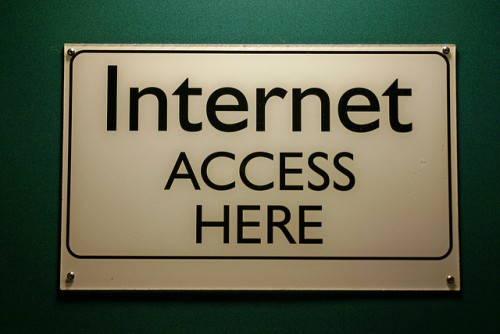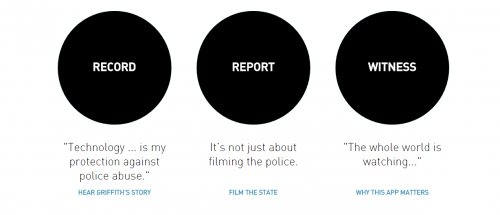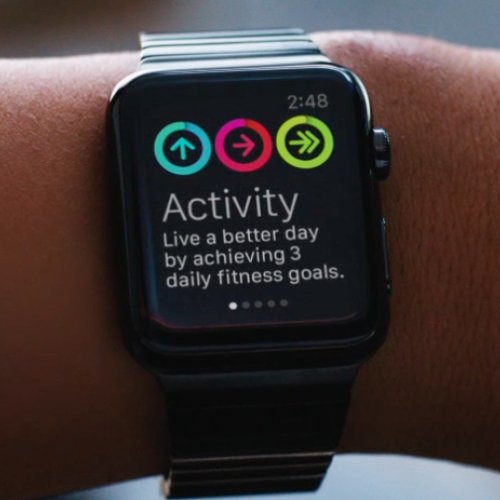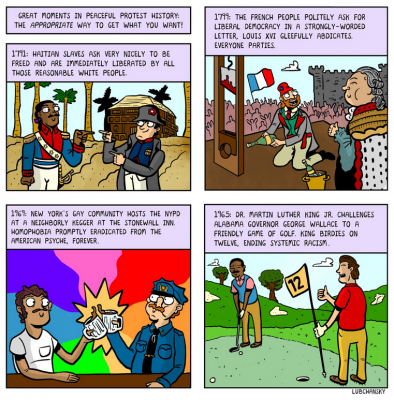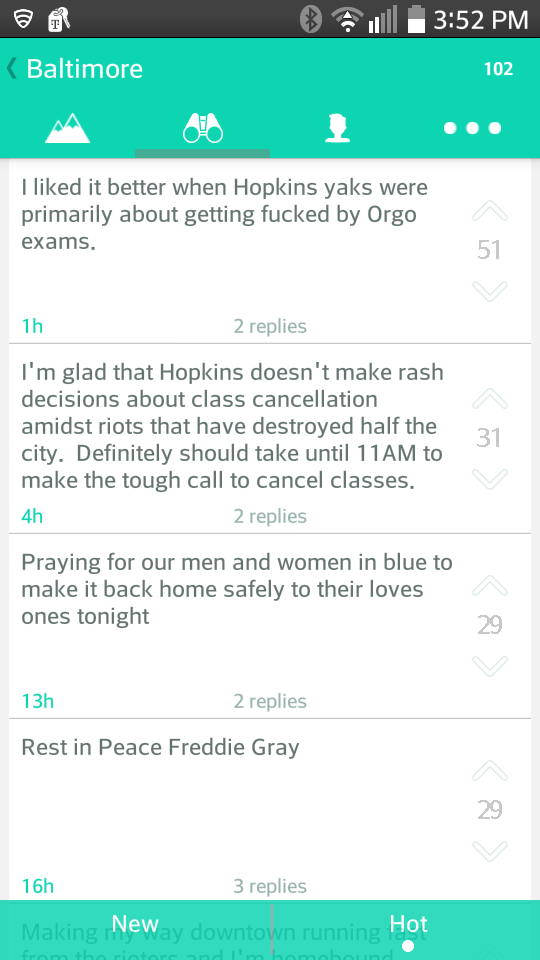I love speculative fiction, especially when it includes a mystery. So imagine my excitement this past Saturday when I learned that Netflix released the new original series Between, premised on a mysterious illness that kills everyone over 21 years old. Blue skies could wait, this day was for binge watching. Or, as it turned out, for watching a single episode and then taking the dogs for a walk. Contrary to their usual season-dump format[i], Netflix is releasing Between on a weekly basis.
This got me thinking about how release schedules affect television for both producers and consumers, and wondering why Netflix would revert to the more traditional model. more...


